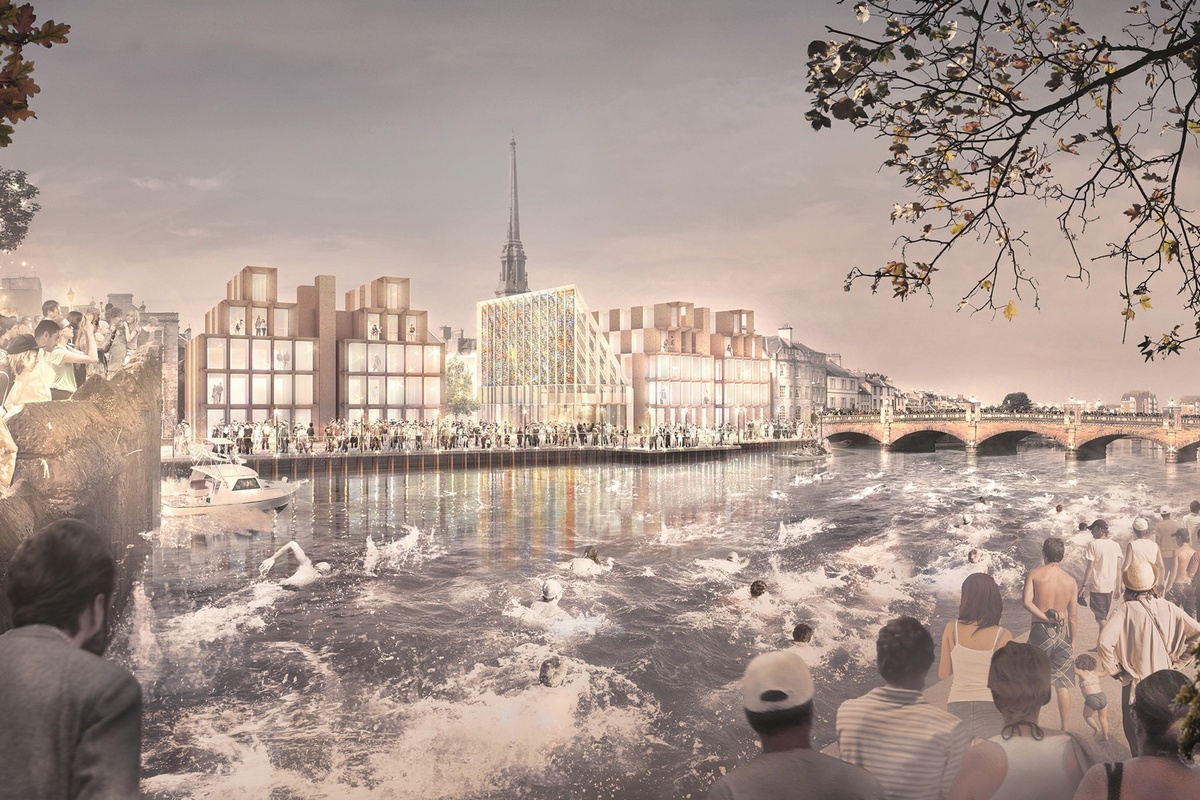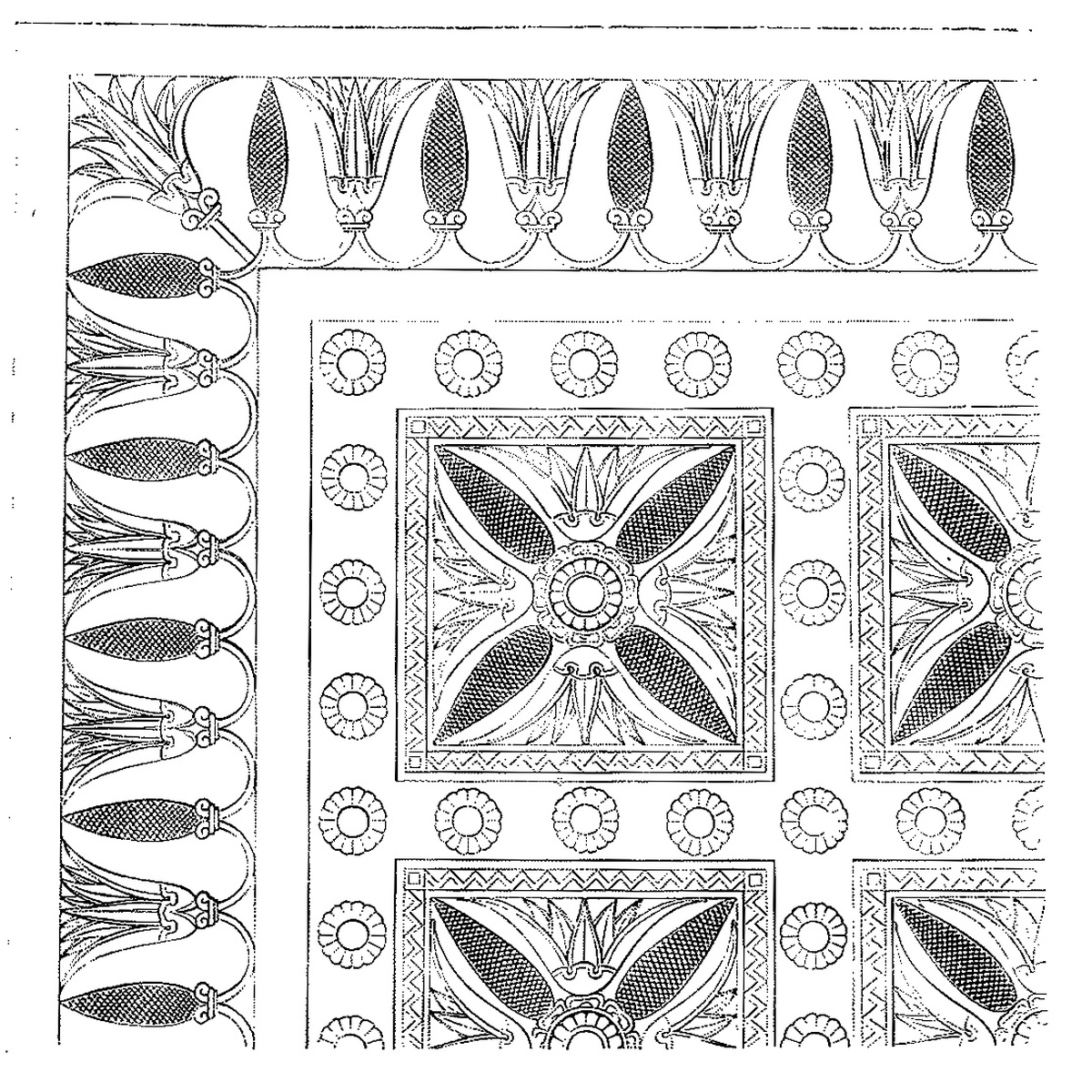AYR MASTERPLAN
FEBRUARY 2017

In collaboration with acclaimed international land artist Charles Jencks the masterplan for Ayr has been given planning consent. The project has been conceived as an urban square next to the River Ayr that will be used for festivals and events.
The scheme, focuses around a new glazed structure, that will open up a number of views blocked by post-war development and includes commercial, cultural, leisure, community, hotel and residential buildings. South Ayrshire Council has already committed to building a new council office for 350 of its staff as part of the scheme.
Ayr Renaissance began purchasing the mainly 20th century buildings on the site almost four years ago with funding from the council and the Scottish Government’s Regeneration Capital Grant Fund.
Demolition will begin immediately on the buildings within the plot, which falls inside the Ayr Central Conservation, following the approval for the masterplan by South Ayrshire Council last week.
Archaeologists will work alongside the demolition contractors in preparation for a six-month dig.
James Knox, chairman of Ayr Renaissance, said: ‘This decision marks a turning point in the fortunes of Ayr. Decades of blight will be swept away, opening up the river to the town’s people for the first time in generations. ‘Our masterplan offers a humane and beautiful solution to the transformation of this key site, which will act as a magnet for visitors, office workers and inhabitants alike. It marks a sea change in the economy of the town.’
ASSYRIAN CARPET
MARCH 2014

At the Assyrian collection at the British Museum, set amongst the colossal gateways of winged beasts with human heads and resplendent reliefs of bloody scenes from lion hunts, there is a large gypsum alabaster stone panel that was once a decoratively carved and painted door sill made up of inter-weaving patterns and borders, in imitation of a magnificent carpet.
Now wall-mounted in its current home, its intricacies can be clearly admired. Alabaster was discovered by the Assyrians circa 879BC to be ideal for carving fine ornament detail, and huge pieces were accordingly quarried, transported and installed as panels in the internal rooms of royal palaces where reliefs or pattern befitting a king would be carved with an astonishing level of skill within a surface depth of 10-15mm.
For Niall McLaughlin Architects T1 project, carried out for Argent on the King’s Cross redevelopment site, a motif from this ancient panel is being incorporated, along with other patterns from ancient Egypt to the twentieth century, into a number of repeating pre-cast elements that will form the building’s decorative facades and bring this enigmatic piece of deracinated design a new lease of life.
We are currently working towards achieving this in a collaboration with the client and the project’s contractor and a team of architectural pre-cast specialists. After carefully interpreting the motif and integrating it into the facade scheme; the proposed design is now being taken forward by mould makers who are utilising 3D routers to form prototypes of a pattern mould. The first results, which are being awaited with no little anticipation by the design team, will be analysed and the depth and colour of the reliefs carefully calibrated. Within a short period of time the small extract of pattern from an Assyrian carpet in existence nearly three thousand years ago will have a physical presence as part of a tapestry of other pre-cast components on this distinctive building forming, part of this ambitious development in the centre of London.
Image of Assyrian carpet pattern engraved in stone from Gottfried Semper Style in the Technical and Tectonic Arts; or, Practical Aesthetics, Getty Publications, 2004
Tim Burton studied architecture at London Metropolitan University and the ETH Zürich after a previous degree in Fine Art and Art History at Goldsmith’s College and experience within the film industry. He has also worked for Gramazio and Kohler’s Research Chair for Architecture and Digital Fabrication. Tim joined Niall McLaughlin Architects in 2012. Since joining the practice, he has worked on a Peabody housing project in Whitechapel and the T1 Building for Argent in London’s Kings Cross. The T1 Building is a large mixed use development containing a district energy centre, an indoor sports pitch, car parking, shops, bars and 80 apartments.

